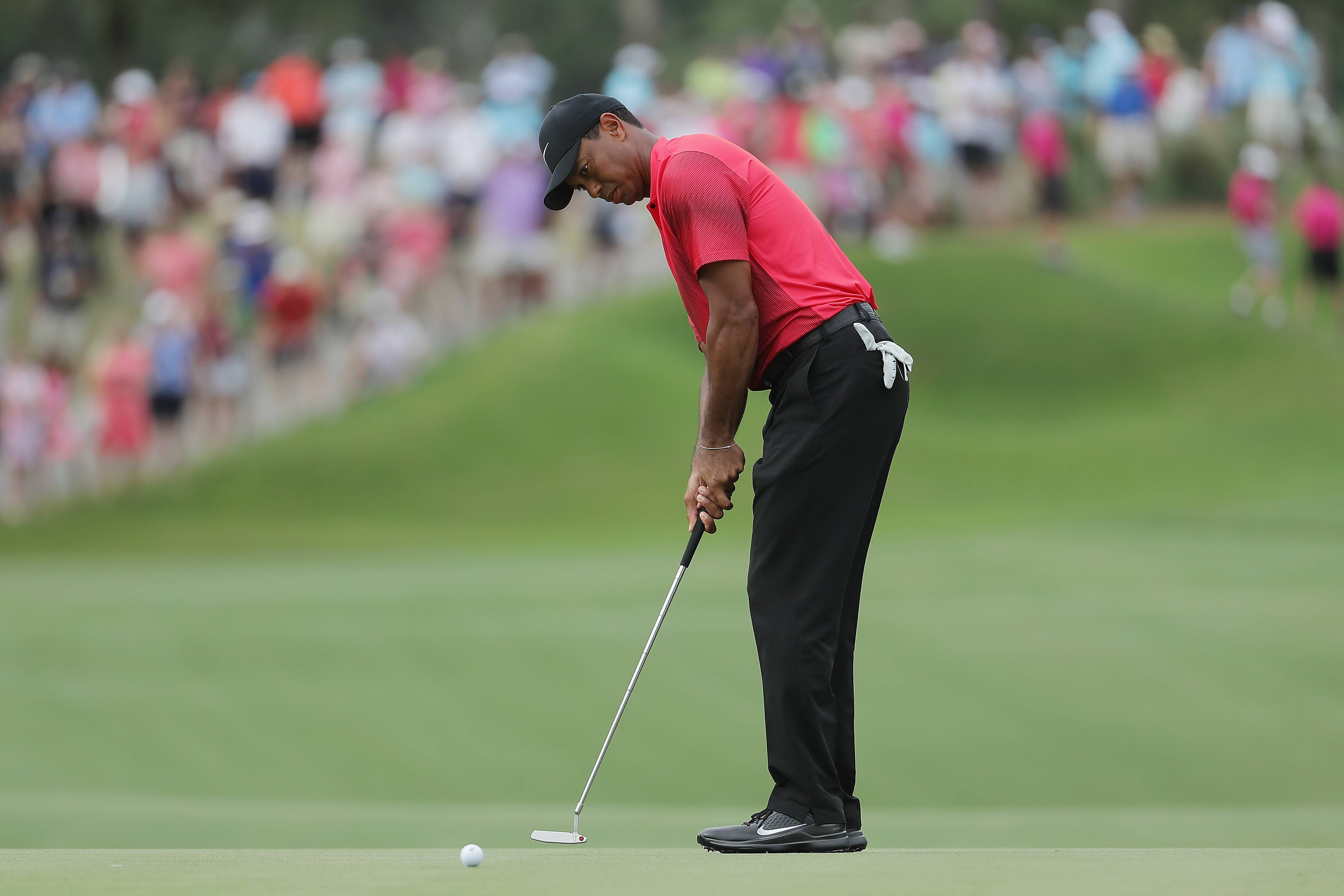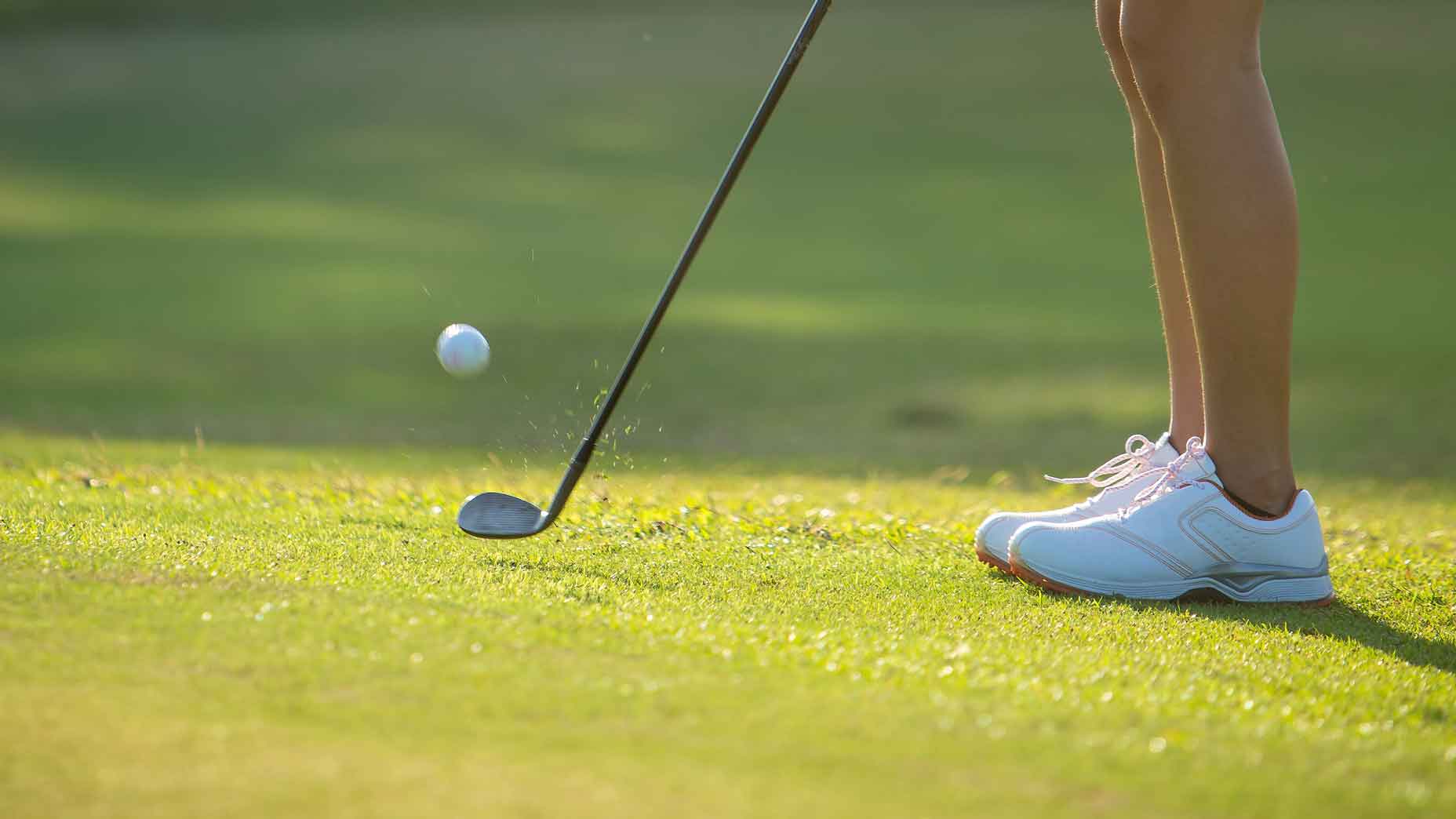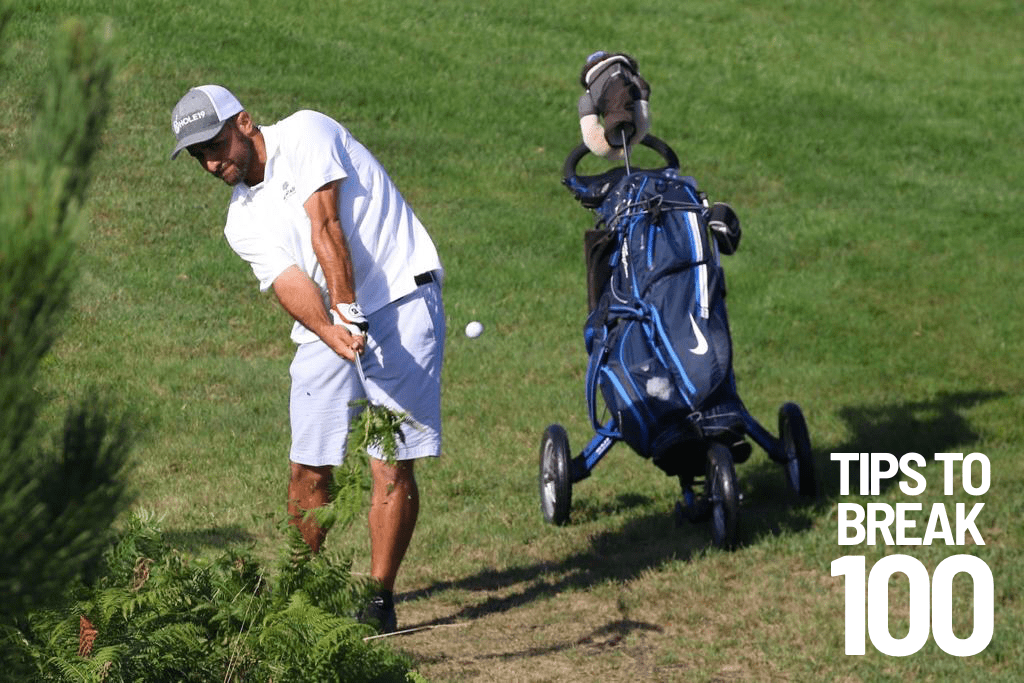
There are many details to learn about how golf balls make. Some components can be found in nature, while others can be engineered. For example, the core of a golfball is made from rubber with a liquid central. You may also find metals and acrylate in the core material. These materials may look similar, but the compression of the core can vary between balls. Let's examine the different types and constructions of golf balls to get a better understanding of how they are made.
Modern golf balls have rubber or plastic constructions.
Modern golf balls have a rubber gut but are made of plastic or rubber. Depending on which manufacturer it is, the mantle cover (also known as the mantle) is made of either rubber or plastic. The DuPont Company developed a thermoplastic resin golf ball cover in the 1980s. This material will not cut or deform when hit, and it will stay in one piece until it is dropped. This cover is standard for premium-quality golf balls.

Dimple patterns
The invention concerns a method to pack dimples on an outer surface of a golf club ball. The dimple pattern could be a triangular, hexagonal or circular shape. There are also many patterns that are based on Platonic Solids such as the Octahedron or the Dodecahedron. Each of these dimple patterns has specific aerodynamic properties. These properties are discussed in this invention, as well as the possibility of using these patterns to make golf balls.
Cover material
Golf balls are not made of molds. Actually, the molds are made by combining two processes. The first step is to smoothen the golf ball's surface and then place it on a spinning shaft. The paint is then applied using an automatic sprayer. Once the paint is dry, a clear coating is applied to the ball to give it a high-sheen finish and better scuff-resistance. Once the paint is dry, the balls are loaded into various containers and large dryers for the drying process.
Cost
There are many prices for golf balls. If you're playing at a top-notch golf course, they can cost $10 or more per dozen, but if you're just playing in the summer, they can be as cheap as a dollar each. While you can't tell the difference between high-quality balls and cheap ones, you can certainly feel the difference. It is important to shop around for the lowest price on golf ball.

Testing
One of the key components of a golf ball testing apparatus is the retort. To measure the bounce, retorts let you drop balls from 40 cm high. The standard golf ball tester comes with three drop zones. Each zone has its own threshold for ball removal. Ryan drops three balls in this example from 40 centimeters. In each zone, the golf balls are bounced 10 times and the best answer is based on the average bounce of all three.
FAQ
How is golf played?
Golf is played on 18-hole courses using the Rules of Golf.
The first stroke takes place from behind a designated area. Players take turns hitting balls into holes which are placed at different distances around the course. Each hole has a different number of strokes, depending on how far it is from the teeing area.
There are three main types of shots used in the game of golf:
-
A drive shot involves players using clubs to hit and extend the ball. This type of shot is often considered the most important.
-
Players must aim for the ball in a specific area of the hole when they attempt an approach shot.
-
A putt is a game where players attempt to drop the ball into a cup by rolling it along on the ground.
Each hole must be completed by the player who has put all his/her putts in. A player who fails to complete each hole by sinking all his/her own putts loses one stroke.
Players may also choose to play with a partner or caddy who will hold and carry their club during a round. Although they are not allowed to influence the outcome of a match, the caddie can help the player with strategy and etiquette advice.
What items should I take with me on a golf vacation?
Take some snacks and drinks with you. Don't forget to pack your favorite tee, sunglasses and gloves, as well as towels.
What is a "bogey"?
A bogey refers to a fictional number that is used as a target by golfers. This is not a part of the game, but merely a way to keep score. The hole is won by whoever shoots closest.
Jock HUTCHISON, the first professional player from Scotland, invented the concept of a “bogey”. The idea was conceived by Jock Hutchison, a professional golfer from Scotland.
He wanted to keep track on how he was doing against his own self, so he wrote a number down on a piece o paper and stuck it to the wall above him bed. This became known as "Hutchy Bogey."
Statistics
- In the United States, the number of people who play golf twenty-five times or more per year decreased from 6.9 million in 2000 to 4.6 million in 2005, according to the [51] (en.wikipedia.org)
- They do this by means of assessing and rating courses according to the average good score of a "bogey golfer," a player with a handicap of around 20. (en.wikipedia.org)
- Professional golfers typically make between 60% and 70% of greens in regulation. (en.wikipedia.org)
- Buying a set of Titleist or Taylor-Made irons for nearly $1,000 is simply not necessary and likely a waste of money. (golficity.com)
External Links
How To
How can you play better golf when the wind blows?
Golf is a game played outdoors on open grassy areas. It is one of most well-known sports. There are many types of golf courses across the world, ranging from public parks to private clubs. Golf is also played indoors, such as at shopping malls and indoor arenas. You must hit golf balls into a series of holes. Each hole features a fairway and rough, hazards (e.g.. water), and a teebox. Depending on the type of shot, players can use a driver or wedge, long iron, putter or long iron. According to the course rules, players may need to carry the ball for a specified distance before hitting it. Or they may only need to drop the ball into the cup. Playing outdoor golf has many conditions that can affect the way a player hits their shots. These conditions include the speed of wind, temperature, humidity, as well as visibility.
There are two main types of winds: crosswinds and headwinds. Crosswinds blow in the opposite direction to headwinds. If the wind is blowing toward the golfer then it's hitting against the winds. If the wind moves away from him/her then it's hitting with the winds. Playing golf in a strong wind is much harder because the ball tends to fly higher and further. This makes it harder for the player controlling the ball's trajectory. Players try to compensate by keeping the club's face parallel to the ground. They aim to strike the ball so that it makes contact with everything and gets maximum power. Even though the ball is less likely to fly in stronger winds, it still travels further due to its increased air resistance.
You need to practice a lot when playing golf in the wind. Wind affects the flight path and trajectory of the ball. The area is affected by wind, so a good golfer needs to know this information. He/She will adjust their swing to match the wind conditions so they can hit the ball straight and without losing energy. The wind's location is another important consideration. Wind does not travel in the same directions. For example, the breeze coming off the ocean is usually very light, but it is often stronger near the shoreline. Similarly, the wind blows strongest close to the ground. Golfers should pay close attention to wind direction and intensity because of these factors.
Golfing in the wind can be challenging. You need to watch the wind and make sure that your swing is aligned properly. Learn to read the wind and adapt your swing accordingly.